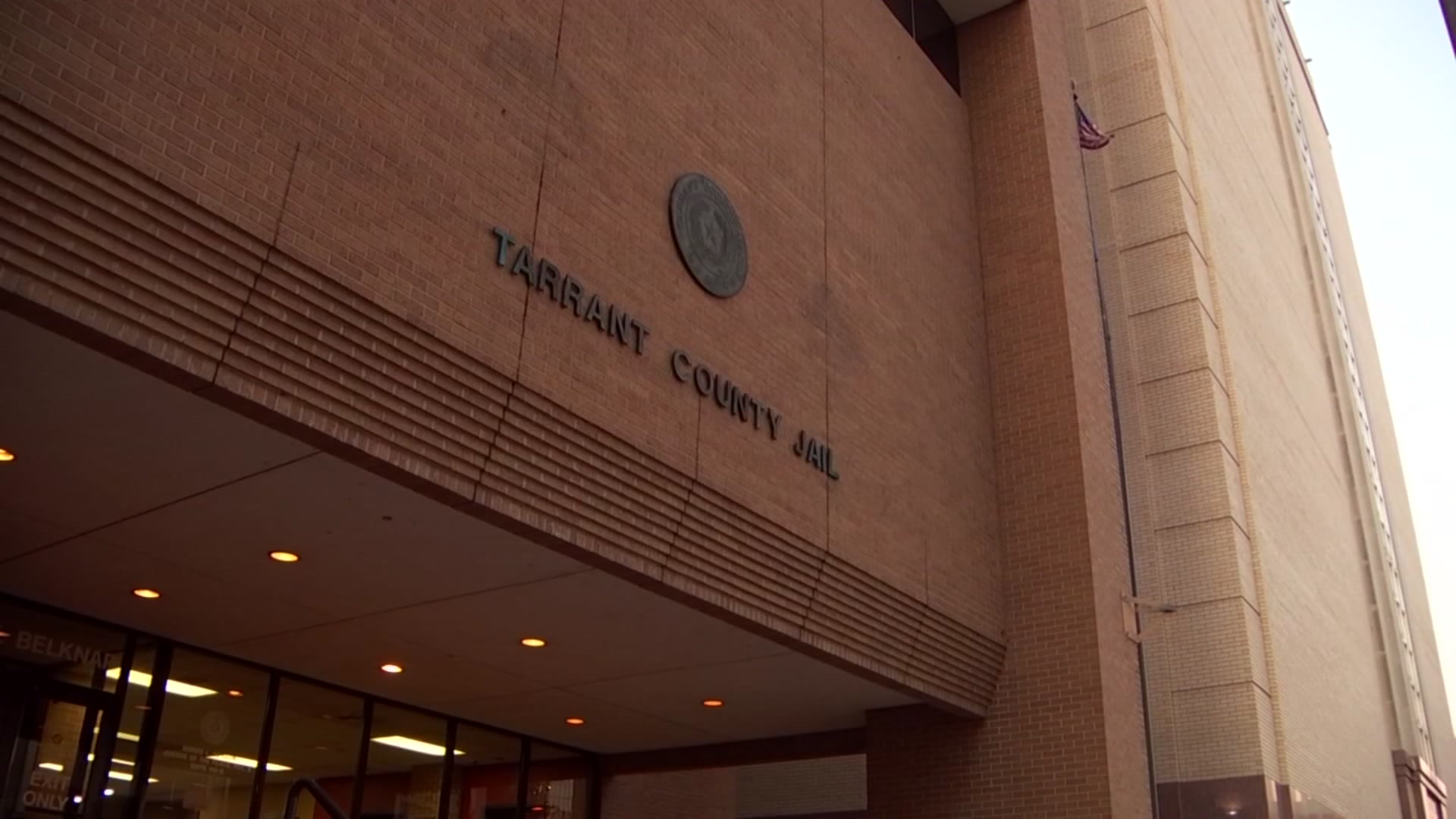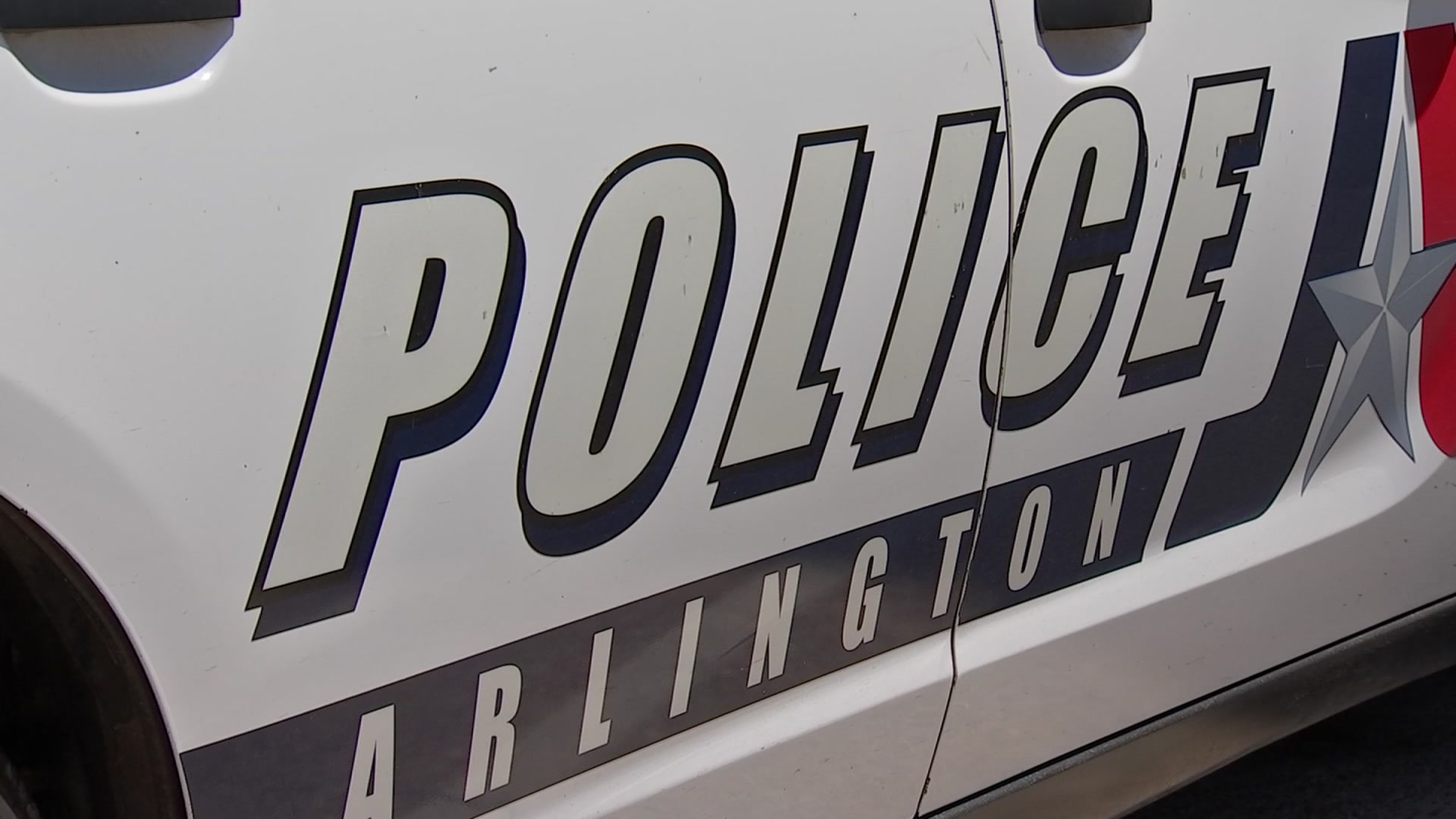Southwest Airlines is one of the carriers boarding the federal government's rebuilding of the nation's outdated air traffic control system.
The system currently in use relies on radar technology that dates back to World War II.
"We know we have to change; we have to change the infrastructure," said Jim Linney, of the Federal Aviation Administration.
The skies above major airports are often clogged like crowded highways. From August 2008 to August 2009, about one in four flights arrived late at most major U.S. airports, according to the Bureau of Transportation Statistics.
The new system uses satellite navigation. Controllers have more accurate information on where planes are located, which means they can safely have more planes in smaller spaces.
Under the current radar system, planes often take a zigzag route between two cities, flying over navigation beacons on the ground. But the system under development would let aircraft fly a more direct route, saving time and money.
"So if you've got that capability on your aircraft, if you've got that tolltag ticket on your window, you can use the fast lane; you can get into areas in airspace that you can't get into if you don't," Linney said.
Local
The latest news from around North Texas.
Southwest is updating its planes and taking six months to train its 6,000 pilots to fly new fast tracks into airports.
In some cases, airlines will be able to shave seven to 10 minutes off of flights.
"Wasted flying time is not good for the consumer, it's not good for the air traffic control system, it's not good for the environment," a Southwest Airlines spokesman said.
The Dallas-based carrier estimates the new routes will eventually save 23 million gallons of fuel per year.
The FAA is installing the navigation equipment across the United States and is planning major improvements during the next three years.
Some of the new equipment is currently being tested along the Texas Gulf Coast. With it, controllers can see planes over the Gulf in areas that can't be seen with ground-based radar, which could open up new routes and increase safety.



